What is Aesthetic?
An aesthetic is a collection of visual and physical elements, like patterns, motifs, colours, prints, shapes, silhouettes, and materials that create a distinctive look.
Aesthetics are fundamental to several disciplines, such as fashion, arts, architecture, digital design, and music, and often represent communities and subcultures.

Aesthetic Origins
The term ‘aesthetic’ originates from the Greek word ‘aisthētikós,’ which translates as one’s perception or sensory experience.
The term aesthetic can be used to describe any visual patterns, motifs, colours, and materials such as houndstooth, paisley, Fleur-de-lis, Argyle, plaid, hexagonal tiles, cashmere, Kente cloth patterns, Kanji calligraphy, etc.

Aesthetic patterns and motifs are more than decorative elements; they are the foundation of communities and cultures, serving as the visual language that communicates their history, values, and ideals.
Key Elements of an Aesthetic
Patterns, motifs, shapes, silhouettes, colours, materials, and prints are all aesthetic elements.
Aesthetics are everywhere: in clothes, paintings, and architecture, and each discipline adds layers to how we see and interpret them.
Literary movements like Romanticism or Post-Modernism have their aesthetics comprised of recurring themes, patterns, motifs, and ways of expression.
The aesthetic elements of Romantics are found in the Bohemian fashion style, which uses plant-based materials, floral patterns, flowing shapes, and natural colours, depicting freedom and love for nature.

Impressionism, Surrealism, and Abstract Expressionism each have unique aesthetics, be it the fleeting effects of light and colour in Impressionism or the emotional rawness in Abstract Expressionism.
Surrealism aesthetics are found in the words of Salvador Dalí and designer Elsa Schiaparelli, as seen in absurd and fantastical creations like shoe-shaped hats or dresses patterned with lobsters.
Patterns like Chevron in the Palace of Versailles flooring reflect the Baroque era’s love for intricate details.
The Argyle pattern, rooted in Scottish heritage, is a crucial aesthetic element of Preppy fashion often found in sweaters and socks.
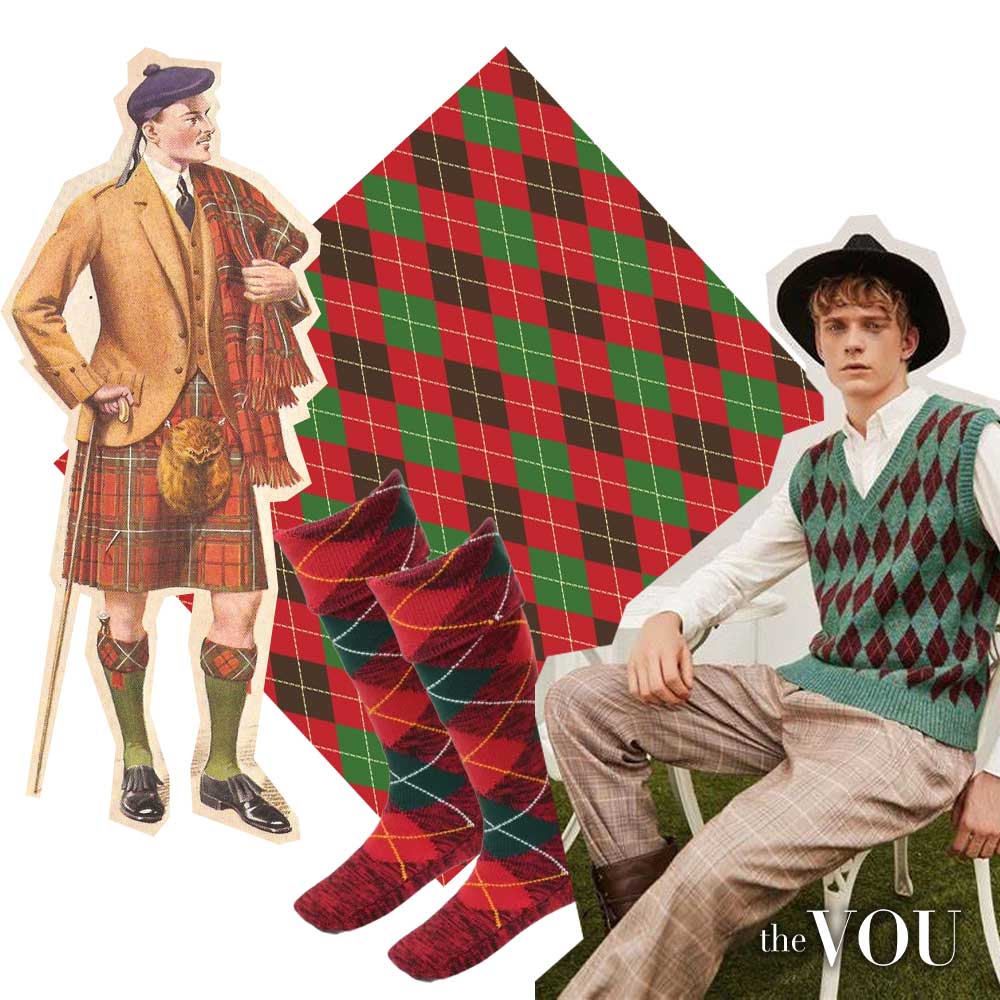
The Fleur-de-lis motif, historically associated with French royalty, appears in modern art, fashion, and architecture to evoke elegance and sophistication.
The red terracotta of colonial American buildings made of bricks represents a key colour and aesthetic in the Preppy fashion style, signalling durability and colonial heritage.
The hexagonal tiles found in Islamic architecture, like the Alhambra, serve functional needs for tessellation while embodying Islamic aesthetics that avoid portraying living beings.
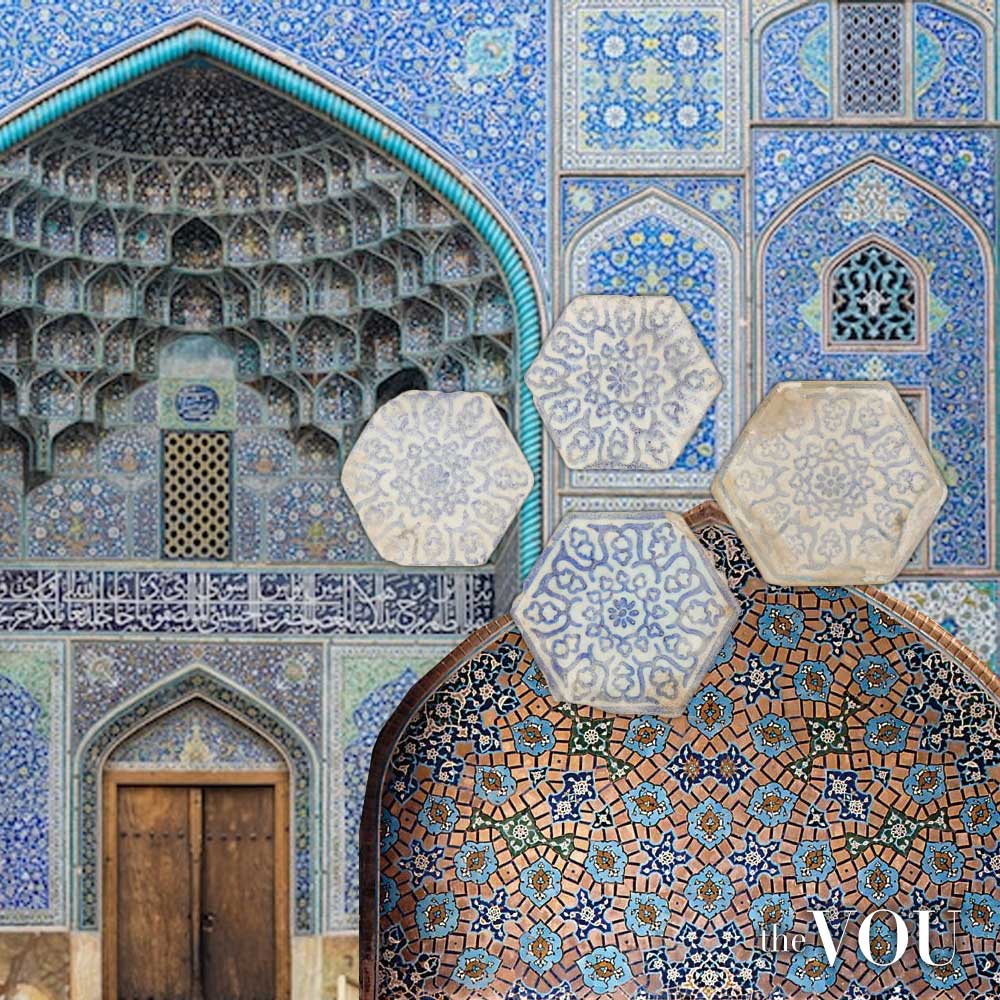
The extensive use of glass in Mies van der Rohe’s Farnsworth House exemplifies the modernist ideal of transparency and minimalism.
Cashmere, a material from the Kashmir region, signifies luxury and rarity, hence its use in high-end sweaters and scarves.
The Role of Aesthetics in Fashion
In fashion, styles such as Preppy or Bohemian represent complex assemblages of aesthetic elements depicting the subculture’s roots, values, lifestyle, and direction.
For example, depicting aristocracy and tradition, the Preppy style is deeply rooted in the Ivy League academic subculture, which draws aesthetic inspiration from British culture through patterns like argyle or plaid, materials like wool or tweed, and navy, cream, and green colours.
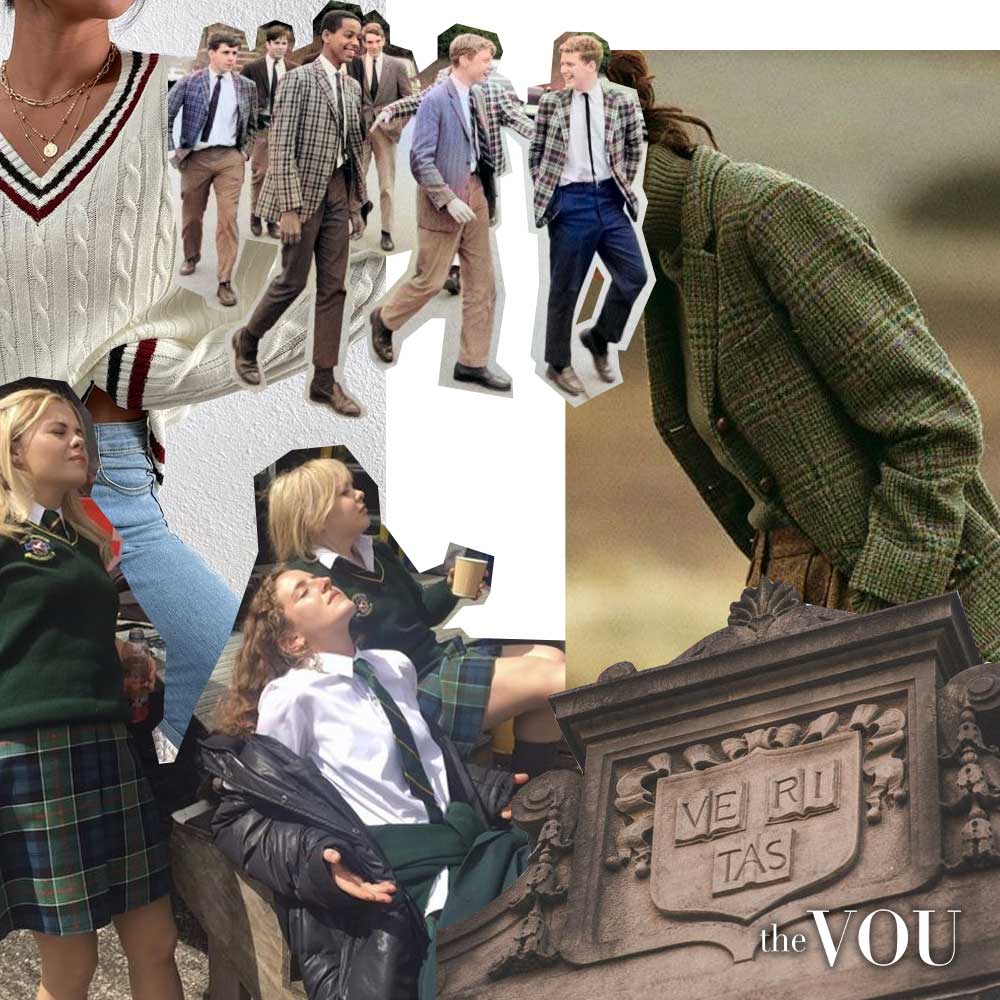
Likewise, the Bohemian fashion style depicts a free-spirited life void of financial pursuit.
The look is built on garments made of cotton and linen adorned with Persian paisley and floral patterns inspired by the ’70s Flower Power movement and Buddhist Mandala motifs.
So whether you’re looking at the casual-chic French Riviera style with clothes in nautical stripes and from natural materials like linen or the gloomy look of Gothic fashion style in dark garments and silver embellishments, each fashion style is built on aesthetic origins, each carrying unique meanings and cultural narratives.
Aesthetics in Fashion Design
There’s no fashion design without aesthetic elements.
The fashion design journey starts with conceptualising a garment or accessory rooted in aesthetic principles.
The selection of materials, patterns, and motifs is not just functional; above everything, it serves as a medium to communicate an aesthetic heritage and the designer’s vision.
From ideation to runway, every stitch and seam is a narrative depicted through aesthetic elements found in clothes, accessories, footwear, and complete outfits.
The Prevalent Fashion Aesthetic of Each Century
Gothic (12th-16th Centuries)
Emerging in the late Middle Ages, the Gothic architecture’s pointed arches, ribbed vaults, stone carvings with motifs of religious iconography, and intricate lace-like stonework, which are the aesthetic roots of the Goth fashion style.
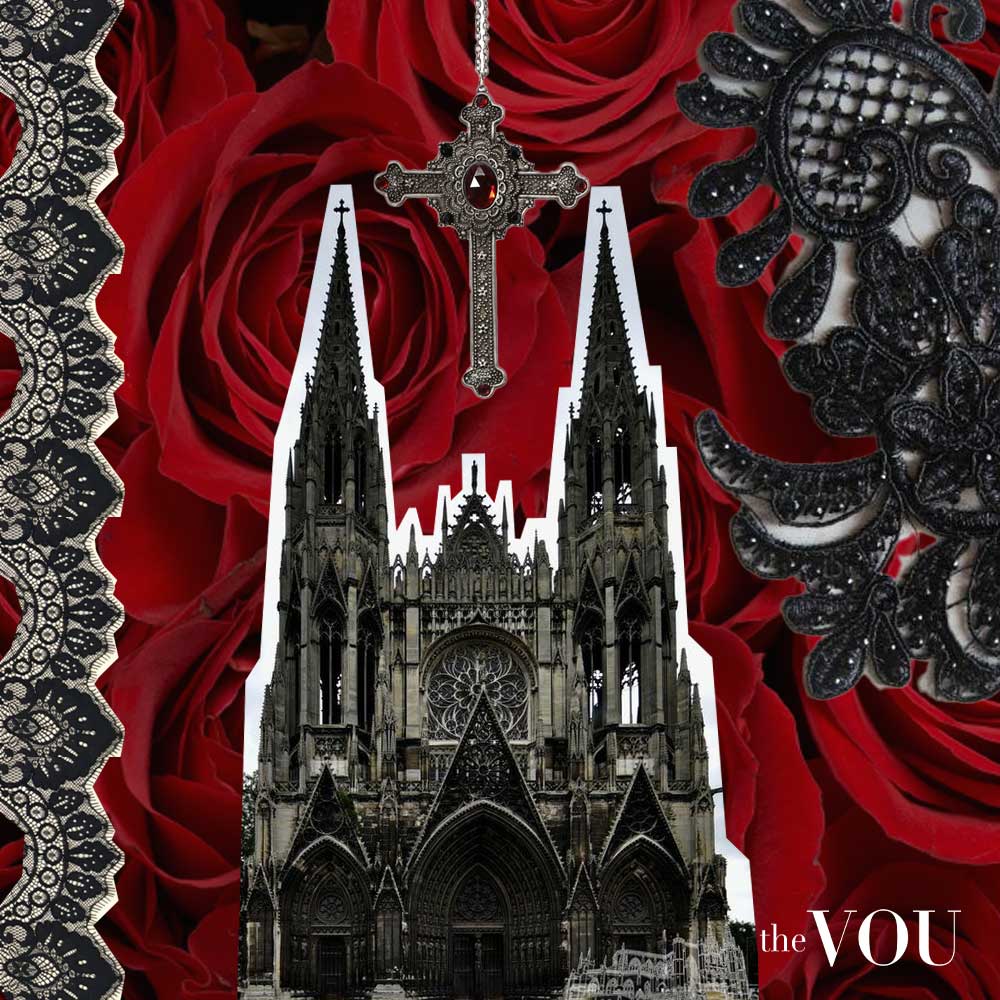
The pointed arches inspire the sharp angles and elongated shapes used in Goth clothing, while the dark atmosphere of Gothic buildings is seen in black velvet, lace, and embroidery.
Many modern fashion aesthetic movements such as Dark Academia are also inspired by the Gothic aesthetic.
Baroque (17th-18th Centuries)
The detailed and even exaggerated aesthetic elements like ornate patterns, gold accents, and intricate details of the Baroque architectural style produced drama, tension, and grandeur in sculpture, painting, literature, dance, and music.
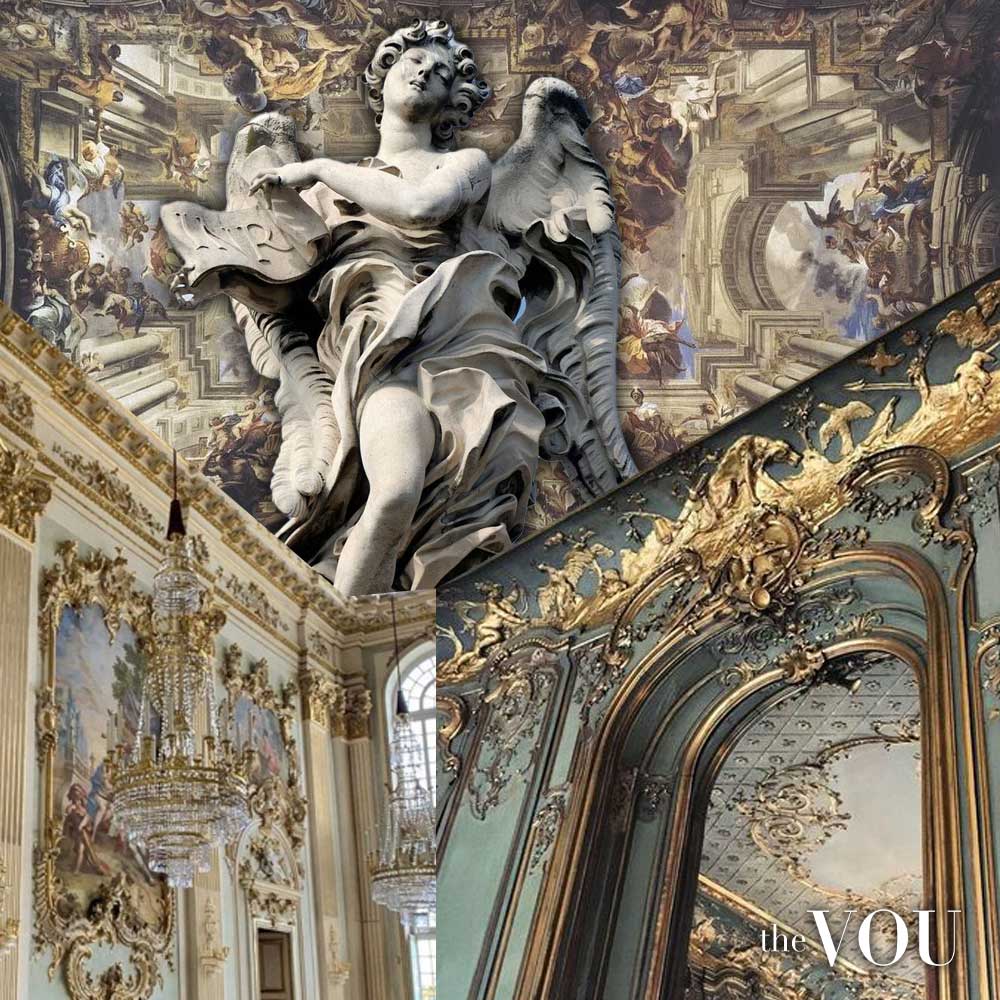
The Baroque aesthetic is linked to creating the religious atmosphere of 17th and 18th-century Europe.
Art Deco (20th Century)
Originating in the 1920s and 1930s, Art Deco architecture is known for geometric patterns, zigzags, streamlined forms, chrome and glass materials, and sunbursts and chevron motifs.
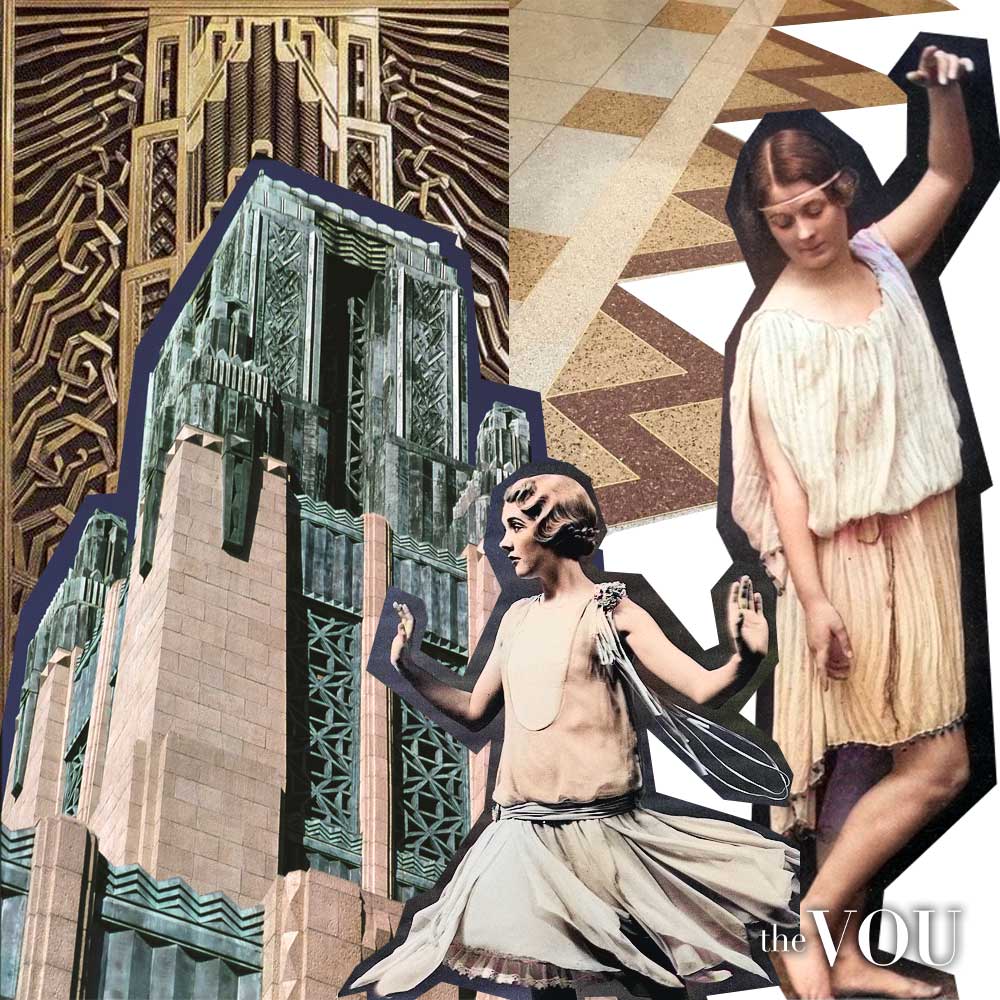
Art Deco aesthetic influenced the ‘Flapper’ look of the Roaring Twenties with the geometric patterns applied to dresses and angular shapes to accessories.
Brutalist (Mid 20th Century)
In reaction to the ornate styles of the past, the mid-century Brutalist architectural aesthetic employs raw and unadorned use of concrete and glass to communicate a utilitarian philosophy.
Geometric shapes and a lack of external decor are at the core of this style, which is often replicated in fashion as a minimalistic approach to design.
Fashion Aesthetics Across Cultures
Aesthetic elements like patterns, motifs, colours, shapes, and materials vary across cultures and subcultures like Harajuku aesthetics in Japan, Gothic aesthetics in the UK, and Preppy in the United States.
African
- Patterns and Motifs: Dashikis, Kente cloth, Ashanti gold weights, Yoruba beadwork, Ndebele wall paintings
- Colours: Burnt umber, ocher yellow, and cobalt blue
- Materials: Cowrie shells, indigo-dyed cotton
- Origin: Yoruba community in Nigeria and Benin
Japanese
- Patterns and Motifs: Cherry blossom prints, Kanji calligraphy, Ukiyo-e woodblock prints,
- Furisode shapes, Shinto shrines with “torii” gates
- Colours: “Sakura” pink, “Sumi” black
- Materials: Washi paper, tatami mats
- Origin: Edo Period Japan
Indian
- Patterns and Motifs: Kashmiri paisley, peacock feather designs, Lehengas with gold Zari work, Tanjore paintings, Taj Mahal marble work
- Colours: “Rani” pink, emerald green
- Materials: Zari embroidery, silk saris
- Origin: Mughal Era, Northern India
Scandinavian
- Patterns and Motifs: Herringbone and pine tree patterns, woolen knits, Finnish Aalto vases, Danish “hygge”
- Colours: “Svart” black, “Is” white
- Materials: Norwegian wool, Finnish birch wood
- Origin: 20th-century Modernist Scandinavia
Latin American
- Patterns and Motifs: Incan geometric patterns, “Sarape” stripes, Huichol yarn paintings, Oaxacan baroque motifs
- Colours: Turquoise blue, ‘Copa’ red
- Materials: Alpaca wool, agave fibers
- Origin: Quechua and Aymara cultures in the Andes
Fashion Designers and Unique Aesthetics
Alexander McQueen
McQueen was renowned for its unique blends of Gothic aesthetic elements with British patterns and materials from the Tudor era.
Royal blue skull motifs, feathers, butterflies, and ornate embellishments like brocade are mixed with luxurious silk and velvet in crimson red and distressed leather to evoke contrast.
Christian Dior
In another example of aesthetic use, Christian Dior’s New Look was a reaction against the austerity of World War II by drawing inspiration from the French Belle Époque aesthetics of exaggerated femininity.
Floral motifs were applied to layers of luxurious fabrics like silk and taffeta in soft pinks and whites to accentuate femininity and detailed handmade beading.
Vivienne Westwood
Spearheading the dressing style of the British Punk subculture, Vivienne Westwood’s designs incorporate aesthetic elements from 18th-century British and Scottish attire.
Distressed and deconstructed tartan plaids in bright reds and yellows were combined with provocative graphic prints and accessorised with chains and safety pins.
Coco Chanel
Chanel’s creations combine aesthetic elements from World War I – particularly from nautical and military uniforms, and patterns from the Art Deco movement, emphasising streamlined geometric forms.
Houndstooth and quilted patterns, jersey fabric, and tweed are always found around simple palettes of black, beige, and white, reflecting the Art Deco emphasis on simplicity and function.
Issey Miyake
Miyake’s work showcases motifs from the Japanese concept of “Ma” (negative space), the art of origami with its intricate, geometric shapes.
These patterns are found in Miyake’s pleating and folding, which resemble three-dimensional forms. The colours are neutral and monochromatic, with an occasional pop of deep indigo in a nod to traditional Japanese dyeing techniques.
Yves Saint Laurent
Saint Laurent’s creations showcase a rare blend of aesthetics from the French colonial uniforms, Russian folk embroiders, and Moroccan patterns and motifs.
Lush furs and velvet, silk, and satin in deep purple, gold, and red were inspired by the work of artists like Piet Mondrian and Vincent van Gogh and turned into garments reflecting a blend of French tailoring with global aesthetics.
Key Takeaways
Core parts of fashion, architecture, art, literature, or the digital world, aesthetics are an intricate tapestry of subcultural threads comprised of patterns, motifs, colours, and materials.
From Coco Chanel’s monastic austerity patterns to the dizzying complexity of Art Nouveau architecture, aesthetic elements are vital stories of our cultural and individual identities.
Understanding aesthetics is not just an intellectual exercise; it’s a prerequisite for anyone involved in the creative process, be it fashion design, arts, or architecture.
The VOU Men's Styling Newsletter
Gain access to weekly insights on expert men's styling, professional advice on how to improve your status and social image with clever styling tips, and excellent discounts from our designer partner brands.
Take the First Step With The VOU’s Styling Quizzes
Start your style journey with our free resources. First, take our Face Shape Quiz to confirm your face shape and receive initial styling guidance.
Then, discover your most flattering colours with our Seasonal Colour Analysis Quiz.
Learn which garment styles suit you best through our Body Shape Quiz, and find your ideal personal style with our Fashion Style Quiz.
Transform Your Image with The VOU’s Professional Guidance
For comprehensive image development that goes beyond hat selection, The VOU offers expert styling services to ensure your complete look projects success and sophistication.
Our Professional Face Shape Analysis package provides you with a scientific analysis of your exact face shape, personalised hairstyle recommendations, customised facial hair styling guide, expert eyewear selection guidance, and detailed grooming recommendations tailored to your unique features.
For the most comprehensive transformation, consider our Complete Image Transformation Package.
This premium service includes our Professional Face Shape Analysis, Seasonal Colour Analysis, Body Shape Analysis, Fashion Style Analysis, Wardrobe Curation Guide, and Personal Brand Development.
Through this complete package, you’ll develop a cohesive style that communicates success and sophistication across all aspects of your appearance.
References
Geczy, Adam, and Vicki Karaminas. “Critical Fashion Studies.” Routledge, 2017.
Greenberg, Clement. “Art and Culture: Critical Essays.” Beacon Press, 1961.
Barnard, Malcolm. “Fashion as Communication.” Routledge, 1996.
Bourdieu, Pierre. “Distinction: A Social Critique of the Judgement of Taste.” Harvard University Press, 1984.
Latour, Bruno. “We Have Never Been Modern.” Harvard University Press, 1993.
McRobbie, Angela. “The Aftermath of Feminism.” Sage, 2009.
Kawamura, Yuniya. “Fashion-ology: An Introduction to Fashion Studies.” Bloomsbury, 2018.
Wittkower, Rudolf. “Architectural Principles in the Age of Humanism.” Norton, 1971.
Alexander, Christopher. “A Pattern Language: Towns, Buildings, Construction.” Oxford University Press, 1977.
Tufte, Edward. “The Visual Display of Quantitative Information.” Graphics Press, 2001.
Manovich, Lev. “The Language of New Media.” MIT Press, 2001.
Featherstone, Mike. “Consumer Culture and Postmodernism.” Sage, 1991.
McLuhan, Marshall. “Understanding Media: The Extensions of Man.” MIT Press, 1994.
Flusser, Vilém. “Towards a Philosophy of Photography.” Reaktion Books, 2000.
Grau, Oliver. “Virtual Art: From Illusion to Immersion.” MIT Press, 2003.
With over twenty years of front-row fashion and styling events, collabs with haute-couture houses, and a PhD in Luxury Fashion, Laurenti is an expert in crafting personalised looks that depict old-money sophistication.
Currently, the community manager of Platini Jeans - Los Angeles, Betzaida Ruiz is a seasoned fashion, beauty, and lifestyle author with expertise as a personal shopper for 'Personaling' Spain and 'Personaling' Venezuela, and editorial contributions for L'Oréal, Escales Paris, Origins, AVA9 Australia, Beauty Blender, Rosegal, Dresslily, Germaine de Capuccini, Stileo, Beauty Check, Ollia Tzarina, Herbolario Rosana, Perfumerias Laguna, GoldSea Swimwear, and of course, The VOU.
With years of expertise in high-end fashion collabs and a PhD in Sustainable Fashion, Ru specialises in eco-luxe wardrobes for the modern gentleman seeking understated refinement.


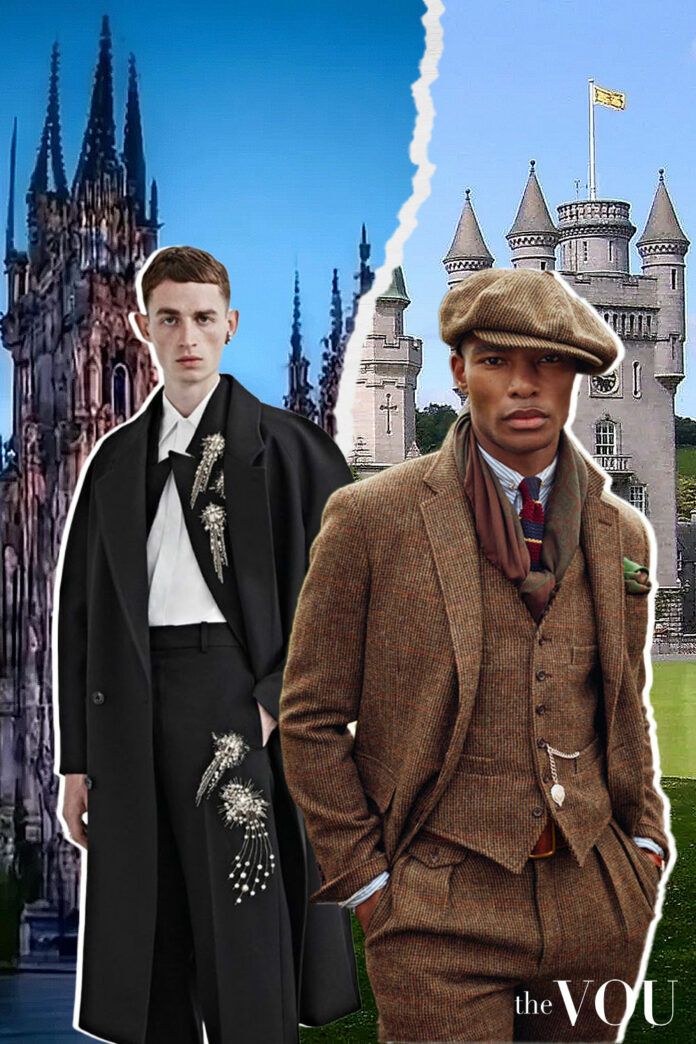
I absolutely love this guide and the way you broke down different aesthetics really helped clarify why I’m drawn to certain styles as I find it fascinating how fashion can be such a personal expression. I can’t wait to experiment with mixing and matching these ideas in my wardrobe, you guys are the best in fashion styling for men and I wonder if I can get a small discount to gift the full styling package to my brother please?
I love how you beautifully break down the concept of aesthetics in fashion! I love how you’ve highlighted different styles and how they reflect personal identity. It’s inspiring to think about fashion as a form of self-expression and I can’t wait to explore my own aesthetic! Also, massive respect to Anna for helping with the body shape analysis!
Thank you for this insightful guide on aesthetics in fashion! I love how you broke down the various styles and their historical contexts. It really helped me understand how to define my own aesthetic. I’m excited to explore blending different elements into my wardrobe!
This post really captured the essence of aesthetic in fashion! I love how you’ve broken down the different styles and explained their unique characteristics. It’s fascinating to see how personal expression can be translated through fashion. Looking forward to trying out some of these tips in my own wardrobe!
So lots of GenZ use aesthetic as a replacement for style. Like, I love your aesthetic, but in reality what they mean is I love your style. Great article, thanks for sharing
But most genZ kids use aesthetic as style. they say, my aesthetic is old money, but in reality the style is old money composed of clothes of different aesthetics. when kids are trying to reinvent english language…